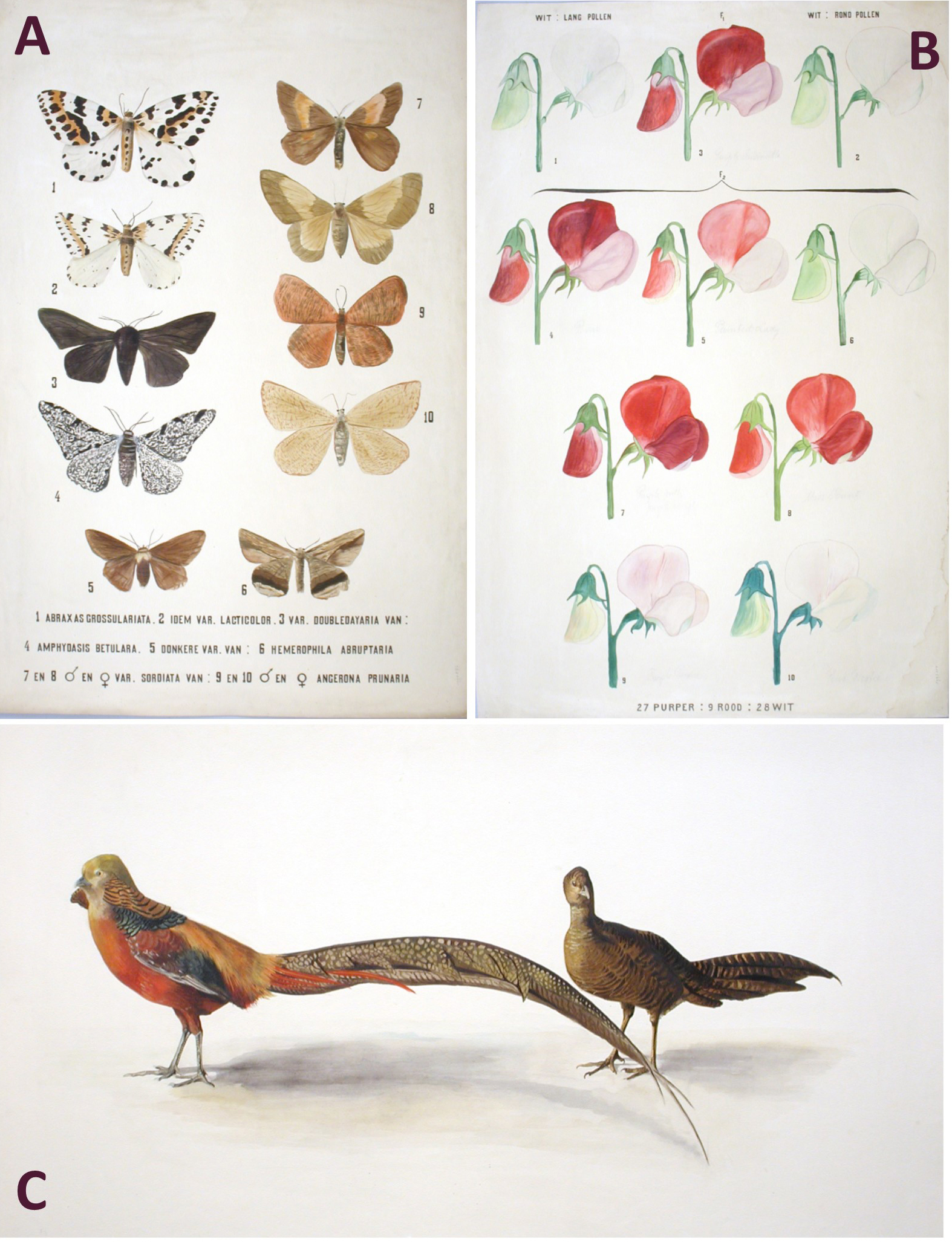Gerrit van Iterson Jnr
An assistant to Van Beijerinck, Gerrit van Iterson was appointed as Professor of Microscopic Anatomy in 1907. He later became a Professor of Applied Botany.
His dissertation was entitled Mathematische und mikroskopisch-anatomische Studien über Blattstellungen (Mathematical and Microscopic-Anatomical Studies of Phyllotaxis), and it reflected his lifelong, pioneering interest in the combination of mathematics and biology. Van Iterson also researched variation within a species. Why do male and female birds look different? How does a species adapt to locationspecific conditions? Why are flowers sometimes a different colour to their ancestors? At the time, DNA had not yet been discovered, and researchers attempted to comprehend genetics by different variants and investigating the descendants.
Van Iterson researched the production and use of organic products. He helped to establish research facilities on Java and Sumatra for research into tea and rubber, and numerous Indonesian scientists started their careers in Van Iterson’s research group in Delft. Van Iterson founded the Botanic Garden in 1917 in order to cultivate the plants that he required for applied botanical research. In 1912, he was the promotor of J. E. van Amstel, TU Delft’s first female doctor.
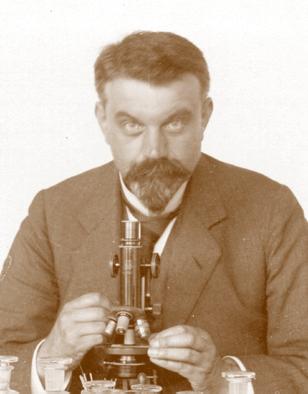
Figures 1. Gerrit van Iterson (1872-1972).
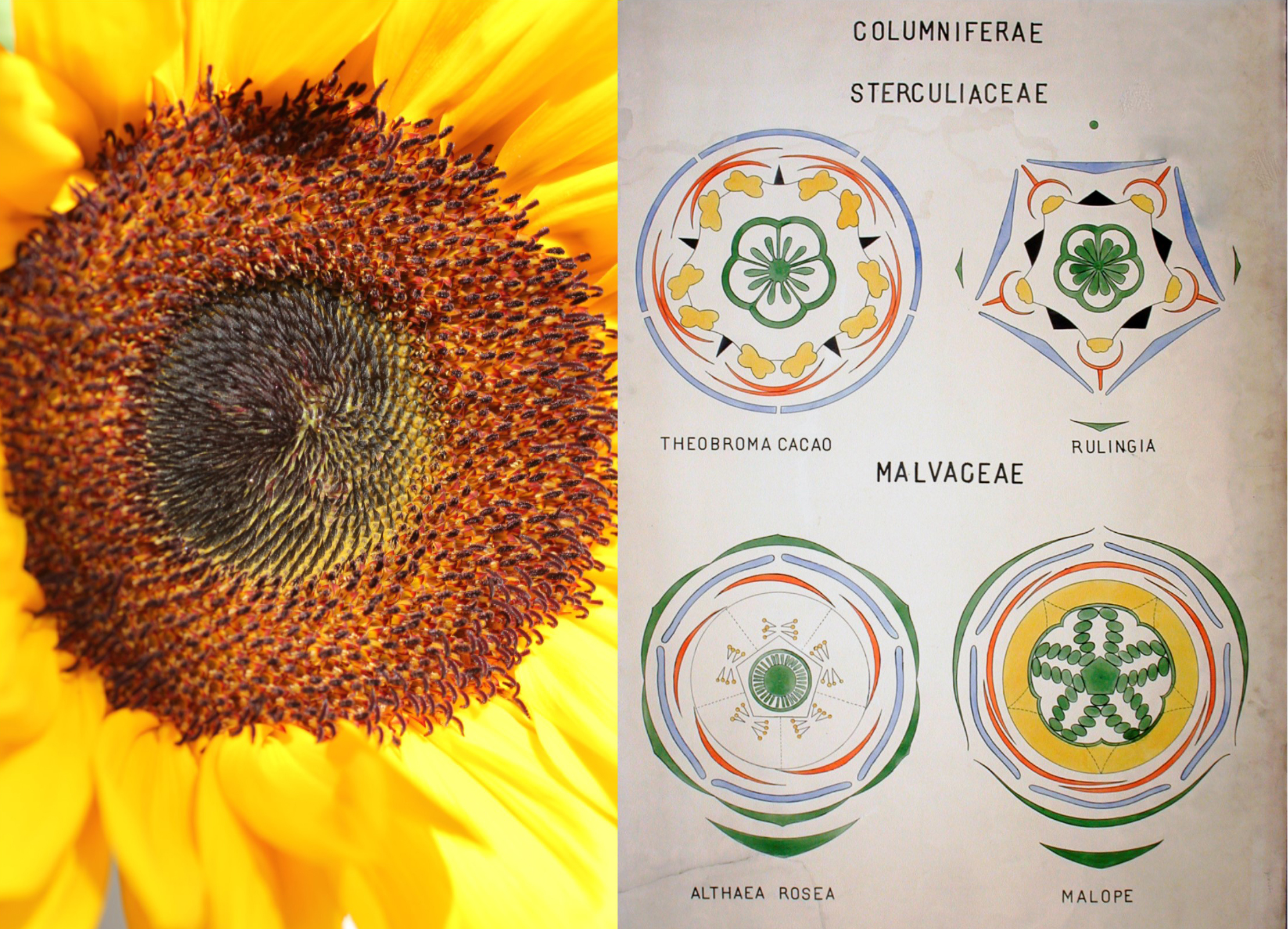
Figure 2. Phyllotaxis refers to the phenomenon of plant parts that appear to grow in a spiral (such as the core of a sunflower [A] or leaves on a stalk). By depicting plant parts as a series of discs [B] and thereby visualising the phyllotaxis, Van Iterson was able to meticulously analyse the growth of the plant.
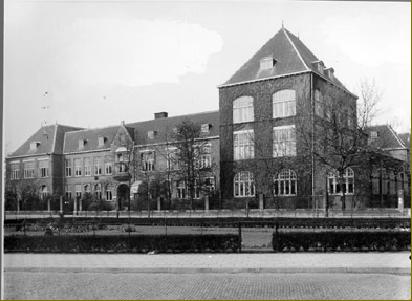
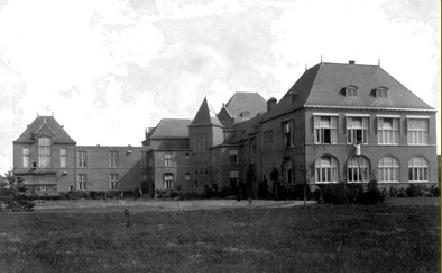
Figure 3. Botanical Garden Laboratory
